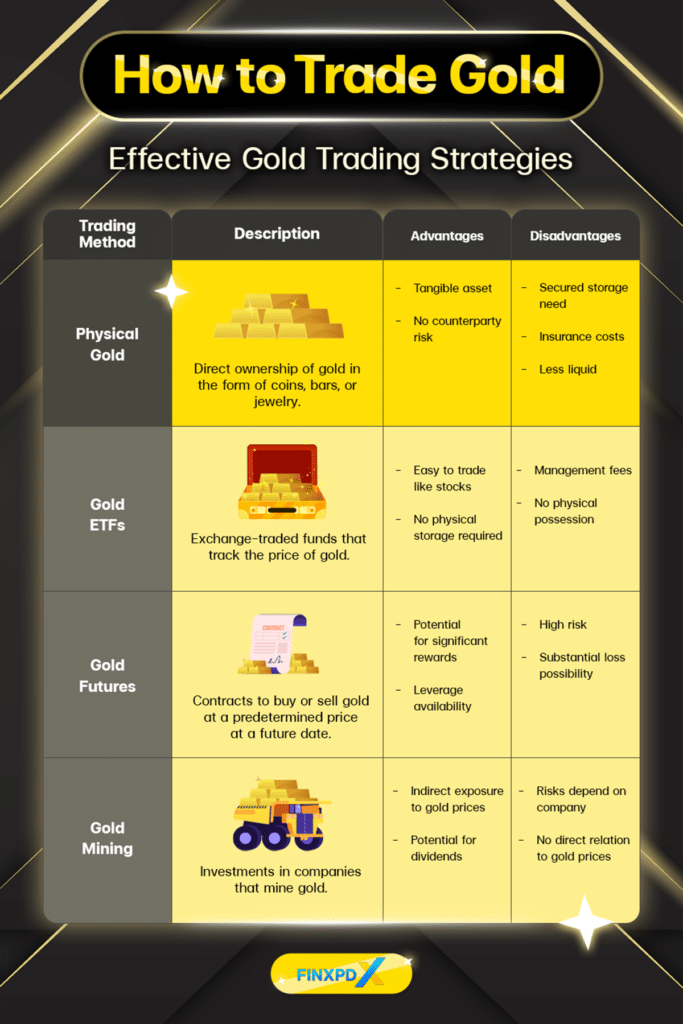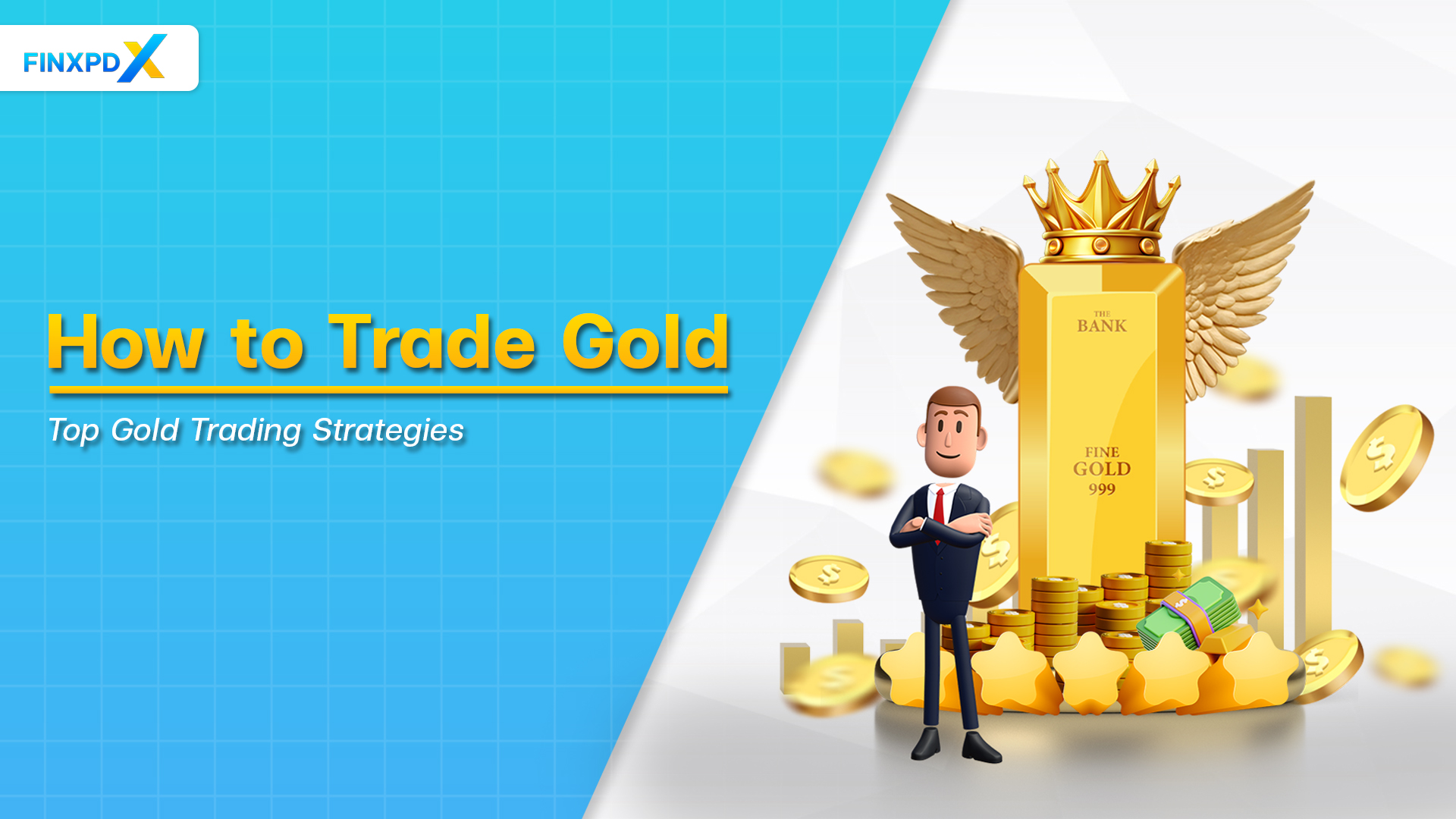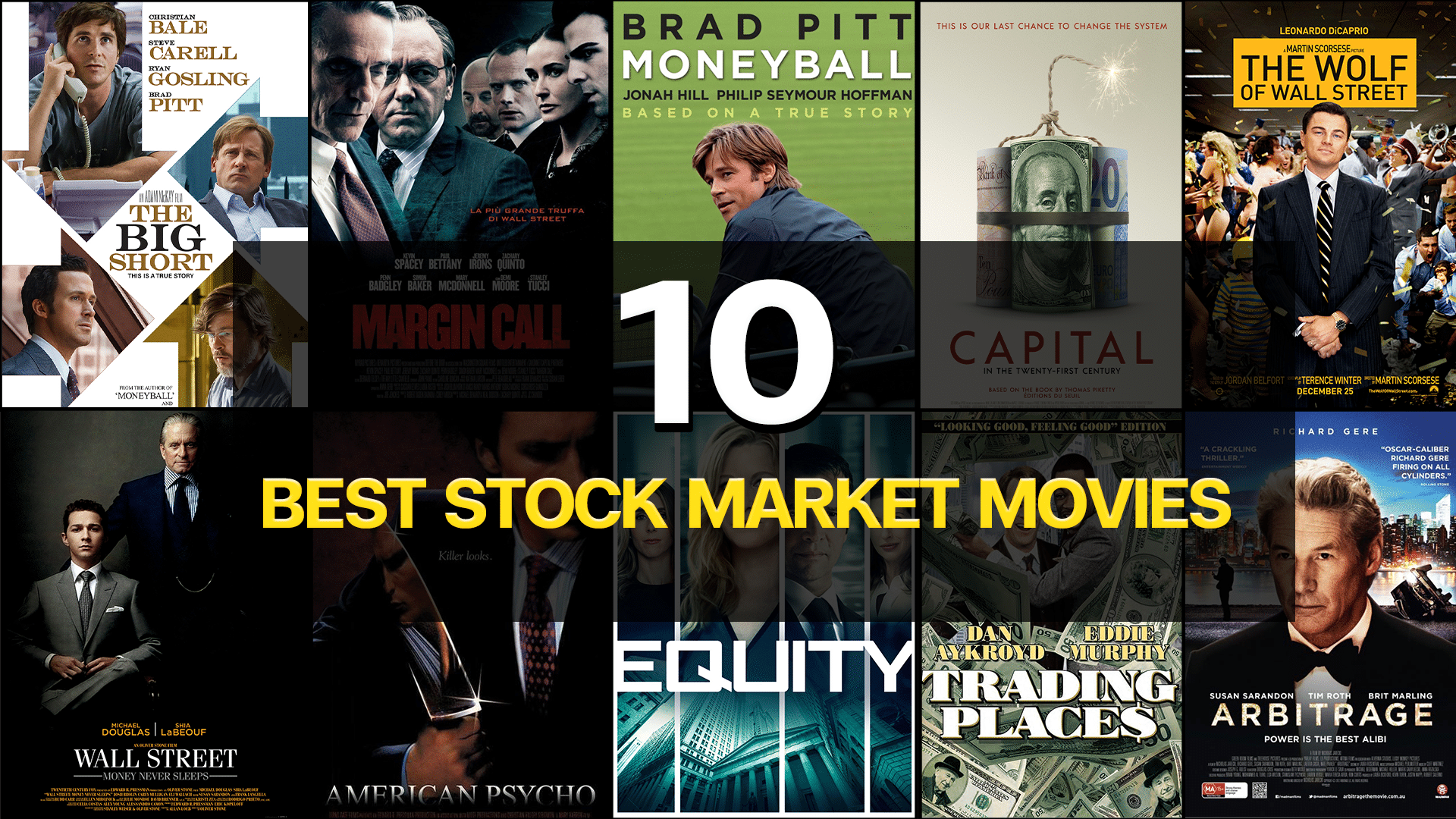Gold trading offers a unique investment opportunity that appeals to many traders, from beginners to seasoned investors. Unlike other commodities, gold has a rich history and intrinsic value that transcends cultures and economies. Its versatility allows investors to engage in various forms of trading, such as physical gold, ETFs, futures, and mining stocks. By understanding the fundamental aspects of gold trading, investors can develop strategies that align with their financial goals and risk tolerance.
This article will explain the intricacies of gold trading, providing insights into effective strategies, influencing factors, and the pros and cons of this investment option. By the end, you’ll understand how to trade gold successfully and navigate its market dynamics.
What Is Gold Trading?
Gold trading involves the buying and selling of gold in various forms to take advantage of its price movements. It’s a dynamic market that has attracted investors for centuries and offers numerous ways to engage, from purchasing physical gold to investing in complex financial instruments.
This type of trading can be an excellent addition to a diversified investment portfolio, as it provides opportunities to profit from market fluctuations and offers a hedge against economic instability.
Key Takeaways
- Gold trading involves buying and selling gold in various forms, leveraging its value fluctuations to generate profit.
- Key steps to trade gold effectively include understanding market basics, learning price influencers, analyzing market behavior, and choosing appropriate trading methods.
- Popular strategies include trend following, mean reversion, breakout trading, scalping, and hedging to manage risk and enhance profitability.
- While gold trading offers benefits like diversification and inflation hedging, it also has drawbacks such as price volatility and storage costs.
- Investing in gold can be worthwhile, providing long-term value retention and portfolio diversification.
How to Trade Gold Effectively
Effective gold trading requires a thorough understanding of the market and the various methods available. Trading gold isn’t overly complicated, but it does require specific skills tailored to this unique market.
Beginners should approach with caution, while experienced traders can gain an edge by incorporating these 5 simple steps into their routine. By practicing and refining these techniques, the complexities of gold trading will become second nature.
Step 1: Know the Basics
To trade gold effectively, start by understanding what gold trading involves and why it’s popular.
Gold trading includes buying and selling gold in various forms, such as physical gold (coins and bars), gold ETFs, gold futures, and gold mining stocks.
Gold is popular because it’s considered a safe haven asset, trusted to hold value over time, especially during economic instability. Investors turn to gold to protect their wealth when other investments, like stocks or bonds, are volatile. This stability makes gold a reliable addition to any investment portfolio. Understanding these basics is the foundation for successful gold trading.
Step 2: Understand the Market
Next, get to know the gold market itself. This involves understanding the 4 different forms in which you can trade gold:
Physical Gold
This includes coins, bars, and jewelry. Physical gold offers the advantage of ownership and tangibility. It’s a long-term investment that can be stored securely and is often used as a hedge against inflation and economic instability.
Gold ETFs
Exchange-traded funds that track the price of gold allow investors to trade gold without owning the physical asset. Gold ETFs are highly liquid. It can be bought and sold on stock exchanges like regular shares and provides an easy way to gain exposure to gold prices.
Gold Futures
Gold Futures are contracts to buy or sell gold at a predetermined price on a specific date in the future. They allow traders to speculate on the price of gold, offering the potential for high profits.
Gold-Mining Stocks
Investing in shares of companies that mine and produce gold provides indirect exposure to gold prices. Gold prices can influence the value of these stocks, the company’s performance, and broader market trends.
Step 3: Learn What Influences Gold Prices
Due to its long existence, gold holds a special place in the financial landscape. However, only a few key factors drive gold’s price movements. These influences are as follows:
Economic Indicators
Economic indicators such as GDP growth, inflation, and unemployment rates significantly impact gold prices. During robust economic growth, investors may shift their focus towards higher-yielding assets, leading to a decline in gold prices. Conversely, gold is perceived as a safe haven during economic downturns, and its prices tend to rise.
Geopolitical Events
Geopolitical events, including political instability, wars, and conflicts, can increase gold demand. During geopolitical tension, investors seek gold’s stability and security, driving its price upward.
Currency Fluctuations
The value of the US dollar is a major factor influencing gold prices. Gold is usually priced in US dollars, so changes in the dollar’s value can have a direct impact.
Interest Rates
Interest rates set by central banks influence the attractiveness of gold as an investment. Lower interest rates decrease the opportunity cost of holding non-yielding assets like gold, making it more appealing.
Market Sentiment and Speculation
Various factors, such as economic news, geopolitical events, and market trends, can positively and negatively influence investor sentiment. Speculative trading, also driven by short-term market movements and technical analysis, can lead to volatility in gold prices.
Supply and Demand Dynamics
The basic principles of supply and demand are fundamental to gold pricing. A decrease in supply or an increase in demand typically results in higher gold prices, while an increase in supply or a reduction in demand can lead to lower prices.
Step 4: Analyze Market Behavior
Understanding how people behave in the gold market is also necessary for making informed trading decisions, which requires in-depth technical analysis.
Technical analysis involves studying price charts and trends to predict future movements. Traders use tools like moving averages, support and resistance levels, and indicators such as the Relative Strength Index (RSI) and Moving Average Convergence Divergence (MACD). Due to gold’s long history, analyzing long-term charts is particularly valuable.
By examining historical price data over extended periods, traders can identify enduring patterns and potential entry and exit points. This method is beneficial for both short-term and long-term trading strategies.
Step 5: Choose Your Trading Method
Once you understand the market and its influences, select the trading method that suits you best. The table below will help you make a better decision by comparing 4 forms of gold trading:

⚠️Tip: Begin with a manageable investment and gradually increase as you gain confidence.
Top Gold Trading Strategies
Trend Following Strategy
Trend identification involves using technical tools like moving averages to determine entry and exit points and trading in the direction of the market’s movement.
Mean Reversion Strategy
Mean reversion leverages identifying overbought or oversold conditions with indicators like Bollinger Bands and RSI, expecting prices to revert to their historical average.
Breakout Strategy
Breakout trading focuses on placing trades when prices surpass resistance levels, anticipating continued movement in the breakout direction.
Scalping Strategy
Scalping entails executing multiple short-term trades to profit from small price changes, requiring quick decisions and precise market understanding.
Hedging Strategy
Hedging involves offsetting potential losses in other investments by taking positions in the gold market, often using futures or options for flexibility and protection.
Pros & Cons of Gold Trading
Like other investments, gold trading has advantages and disadvantages. These factors can significantly impact an investor’s decision-making process. Understanding these pros and cons can help traders make more informed choices.
Pros of Gold Trading
1. Diversification
Gold provides a way to diversify investment portfolios, reducing overall risk by balancing other asset classes, such as stocks and bonds.
2. Hedge Against Inflation
Gold is often seen as a hedge against inflation. When inflation rises, the value of gold typically increases, preserving purchasing power.
3. Liquidity
Gold is highly liquid, meaning it can be easily bought or sold in the market without significantly affecting its price. This makes it a convenient asset for traders needing quick cash access.
4. Safe Haven Asset
Gold is considered a safe-haven asset during economic uncertainty or geopolitical instability. Investors are interested in gold to protect their wealth, often increasing its value.
5. Long-Term Value Retention
Gold has a long history of retaining its value over time, making it a reliable store of wealth across generations.
Cons of Gold Trading
1. Volatility
Gold prices can be highly volatile, subject to sudden and significant fluctuations. This volatility can pose risks for traders, especially those with short-term strategies.
2. No Yield
Unlike stocks or bonds, gold does not produce yields such as dividends or interest. Investors only profit from capital gains, which can take time to materialize.
3. Storage and Insurance Costs
Physical gold requires secure storage and insurance, adding extra costs to the investment. These costs can deplete potential profits.
4. Market Speculation
Gold prices can be influenced by market speculation and investor sentiment, leading to unpredictable price movements that are not always based on fundamental factors.
5. Opportunity Cost
Investing in gold may result in opportunity costs, as funds tied up in gold cannot be used for other potentially more profitable investments.
Conclusion
Due to its unique characteristics and historical significance, gold trading remains a compelling investment option. It offers diversification, a hedge against inflation, and a safe haven during economic uncertainty. However, potential investors must also consider the challenges, such as price volatility, storage costs, and the lack of yield.
By understanding the various strategies and weighing the pros and cons, traders can make informed decisions that align with their financial goals and risk tolerance. Whether you are a seasoned investor or a beginner, staying informed and strategically planning your trades will help you navigate the complexities of gold trading effectively.
FAQs
Gold trading involves buying and selling gold in various forms, such as physical gold, gold futures, or gold exchange-traded funds (ETFs), to profit from price fluctuations.
There are several ways to trade gold, including purchasing physical gold (coins or bars), investing in gold ETFs, trading gold futures contracts, or buying shares in gold mining companies.
Gold can be worthwhile, especially during economic instability or rising inflation. Gold often retains its value over the long term and can provide diversification and a hedge against inflation.
Gold is one of the most popular metals due to its historical value and market stability. However, other metals like silver, platinum, and palladium also offer trading opportunities, and the best choice depends on market conditions and individual trading strategies.
Yes, gold trading is legal in India. You can trade gold through various means, including physical gold purchases, gold ETFs, and futures contracts on exchanges like the Multi Commodity Exchange (MCX).
Related Articles:
- Commodities Investing: What You Need to Know
- Gold Saving Scheme: Your Key to Financial Security
- Profit Factor: Your Gateway to More Effective Trading
- Sovereign Gold Bonds: How to Invest, Pros & Cons
Read more: Commodities








